More Ozzie Cicada photos have come in. Here is an incredible Blue Moon taken by David Emery (found by his daughter). The Blue Moon is the same species as the Green Grocer (Cyclochila australasiae).
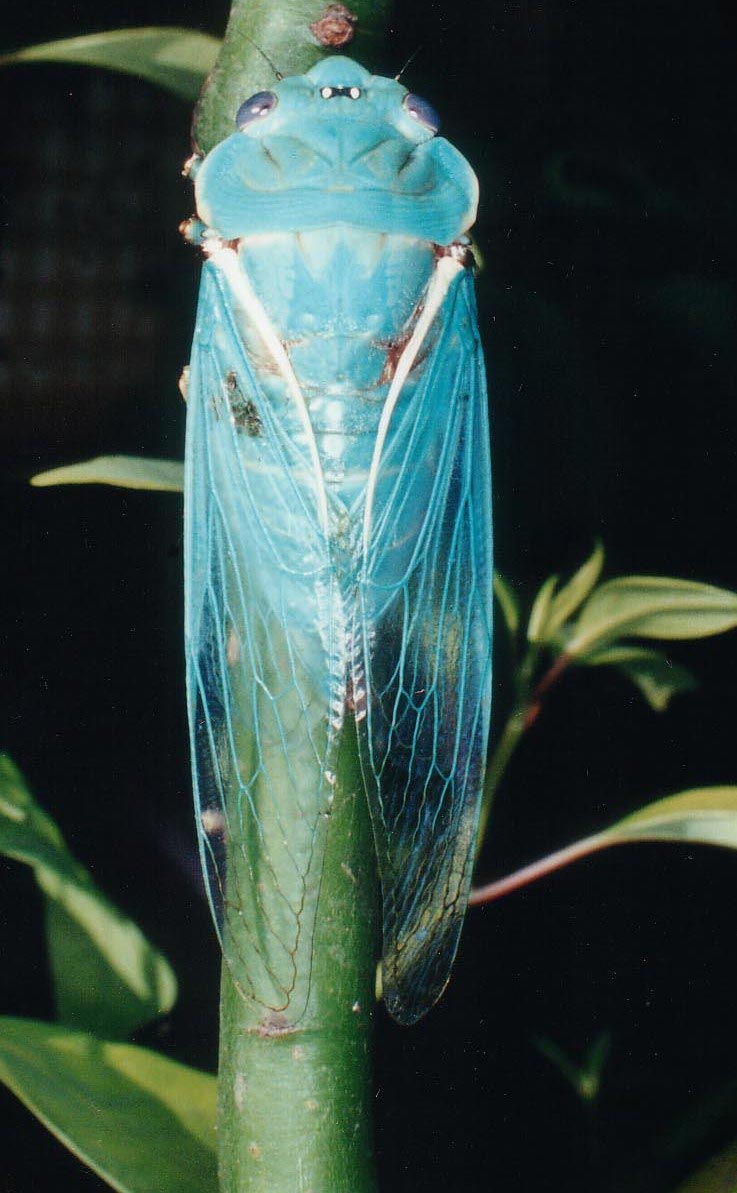
More Ozzie Cicada photos have come in. Here is an incredible Blue Moon taken by David Emery (found by his daughter). The Blue Moon is the same species as the Green Grocer (Cyclochila australasiae).

Enjoy this gallery of Diceroprocta apache photos by Adam Fleishmam from 2007.
Visit Adam’s Photography Website.

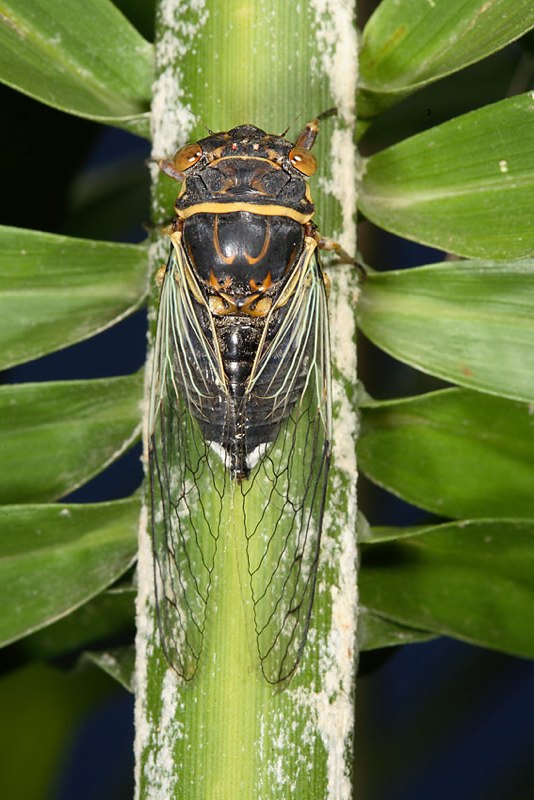
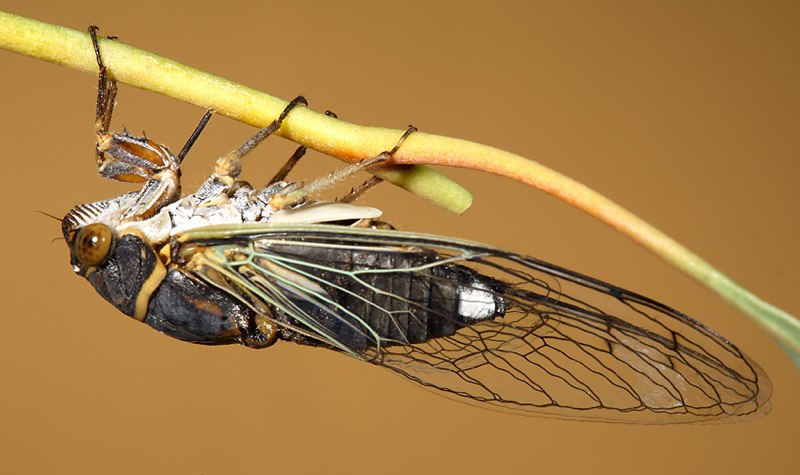
Empty nympal skin:
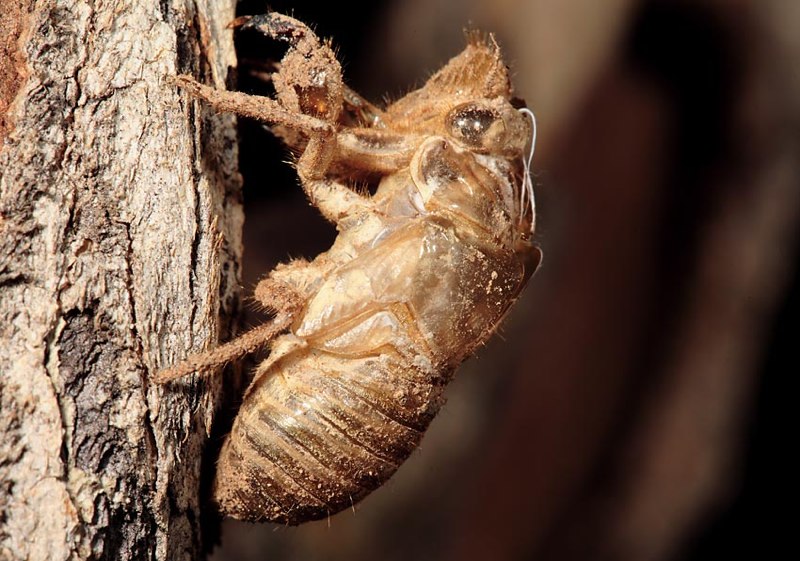
Here’s a break in the Magicicada mania: a Diceroprocta vitripennis. This photo was taken by Cicada Mania regular Paul Krombholz in Jackson Mississippi just last week. Cicadas like Diceroprocta vitripennis are annual cicadas: they emerge each year in small numbers, and as you can see, they rely on camouflage for survival. Annual cicadas are also quite shy compared to the periodic Magicicadas — they have very different life strategies. American annual cicadas rely on stealth and cunning to survive while searching for a mate. Periodic cicadas rely on the fact that there are so many of them, that some will always survive to carry on the species.
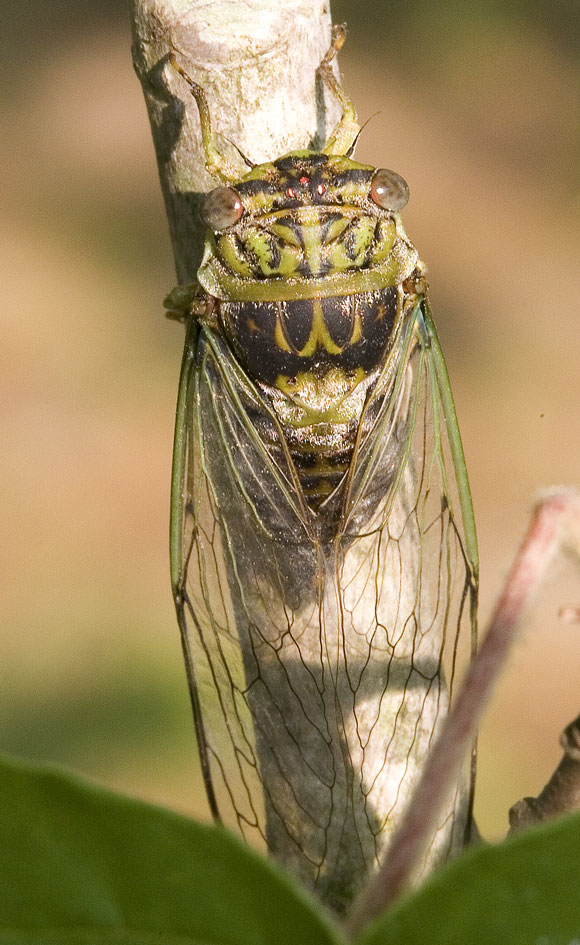

Notes from Paul:
I am continuing this season to try to get pictures of all the cicadas in the
Jackson, Mississippi area. I just got a female specimen of Diceroprocta
vitripennis. I found it in low vegetation on a sand bar next to the Pearl
River. Thanks to John Davis and the collectors at the Mississippi Museum of
Science for the tip on where to look for them! From head to wing tips, it
is 38 mm, but the wings of this species are longer in relation to body
length than those of Tibicens. Body length of this vitripennis was only
22mm.
Michelle Thompson took this picture of a cicada on the trunk of her oak tree in Willoughby in Sydney Australia. It’s a Floury Baker aka Aleeta curvicosta.

Tibicen season is officially over in central Mississippi. Here’s some great side view photos from Paul Krombholz.
Neotibicen pruinosus pruinosus (Say, 1825):
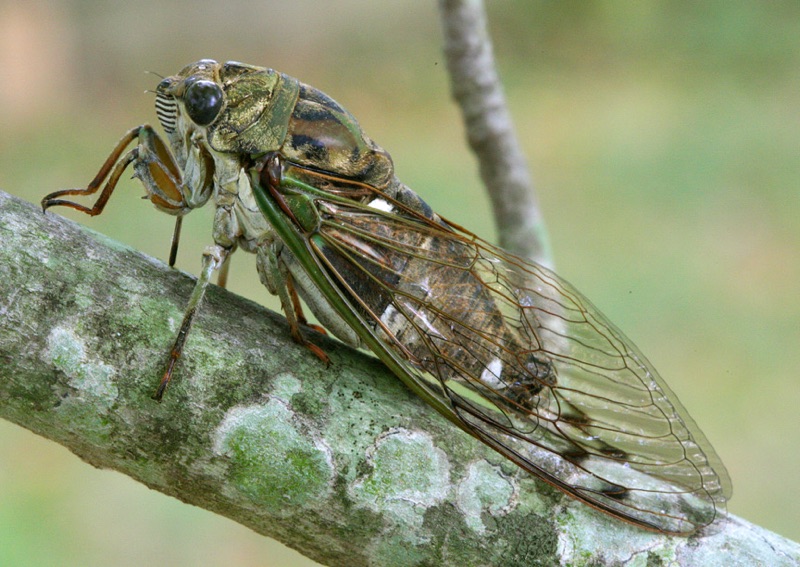
Megatibicen figuratus (Walker, 1858):
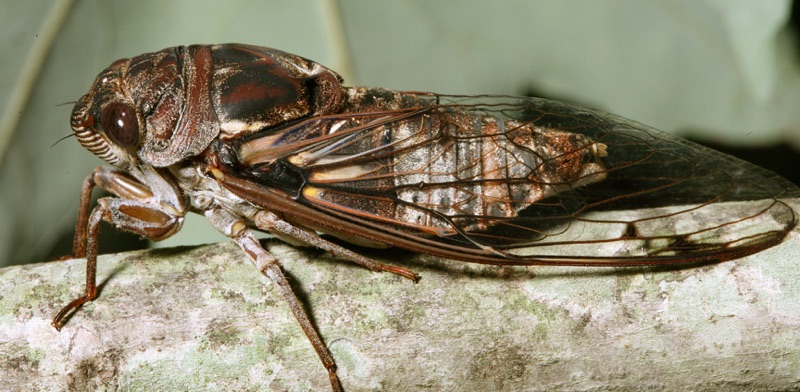
Todd Quinn send us some superb Neoibicen photos. Click the photos below to see huge versions.
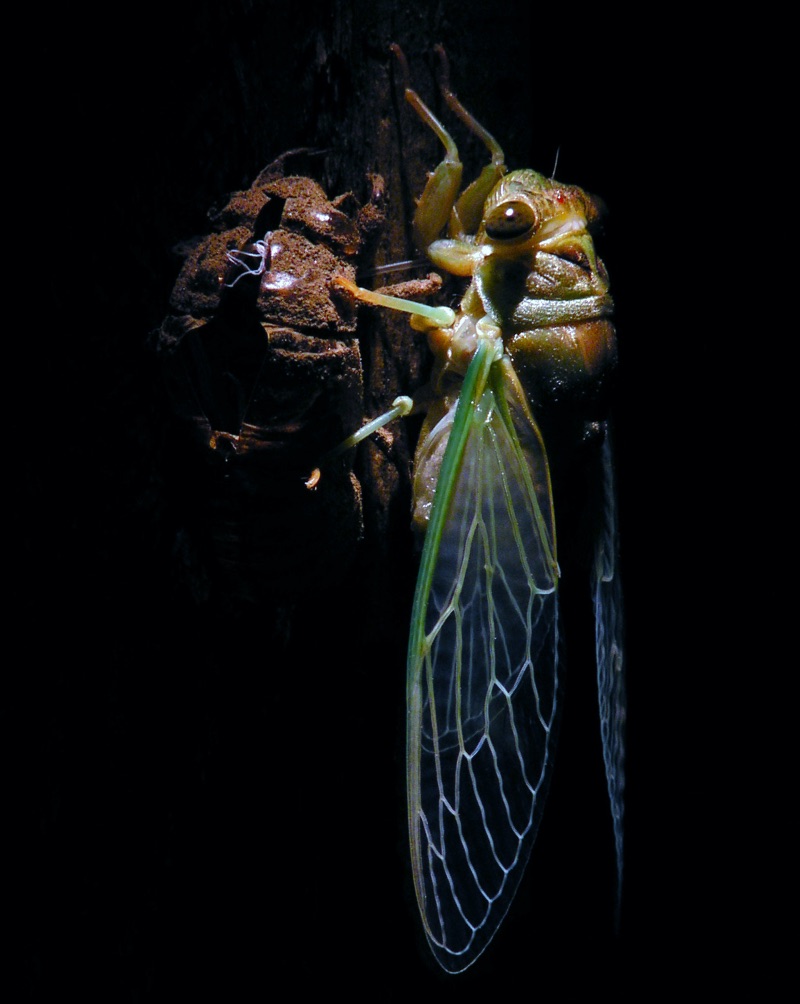
This photo is incredible. Check out the detail on the eyes!
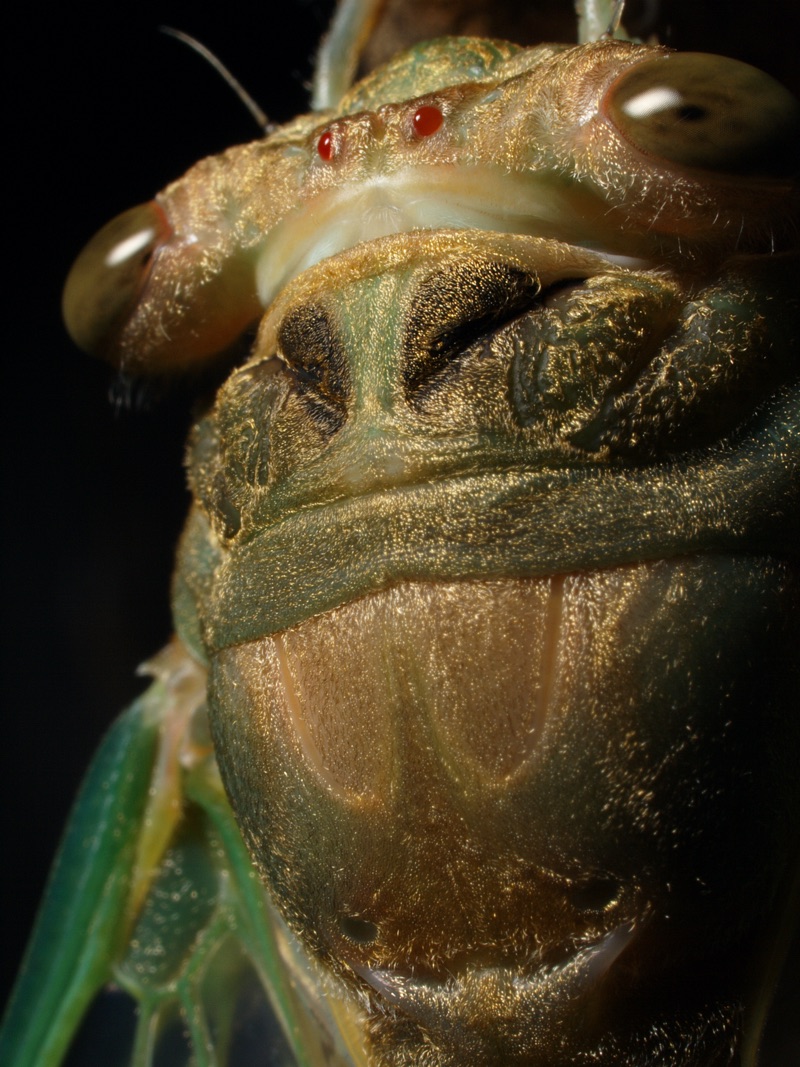
Edward Austin sent us this photo of a Tibicen from Fulton County Ohio. If someone knows the species, please post it in the comments.
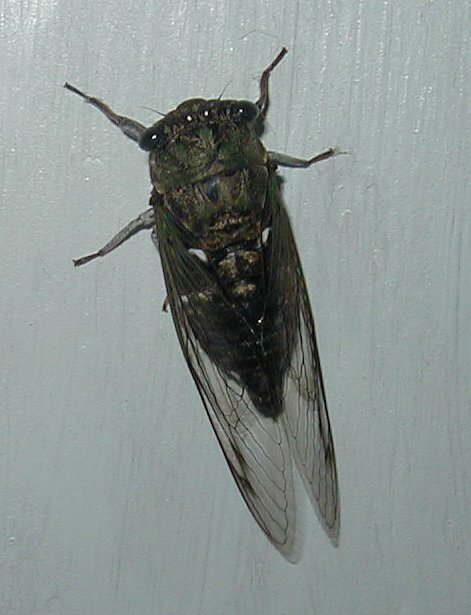
The photo below was taken by Jon Allen in Yeouido park in Seoul in South Korea. Click the image for a huge version. Anyone know what it is?
Paul Krombholz has an interesting question about Neotibicen identification.
In Kathy Hill’s picture of 18 species, T. canicularis looks quite different from T. davisi, but I have at least one T. davisi, captured in my back yard, that looks very similar to three canicularis individuals I caught in Northern Illinois a couple of weeks ago. The canicularis individuals all have the white “hip” spots and none of my davisi have them have them. T. davisi has a slightly larger head. The big question is, What features reliably distinguish the two species considering all the variety seen within species?

I panicked the other day when Richard Fox’s excellent Tibicen anatomy page was down. I’m glad to say that it is back in service and that it is an incredible resource. Check it out if you want to learn more about a cicada’s parts.